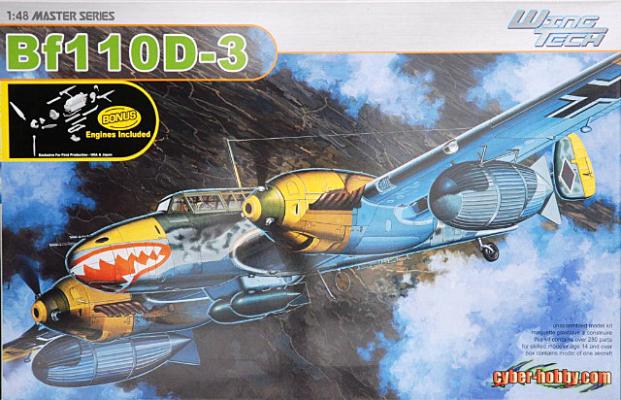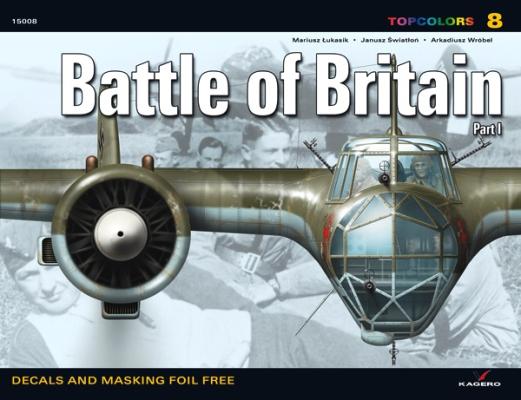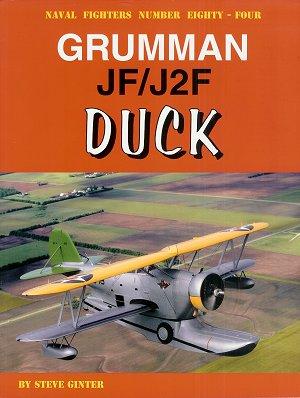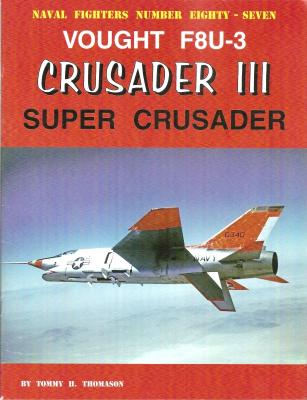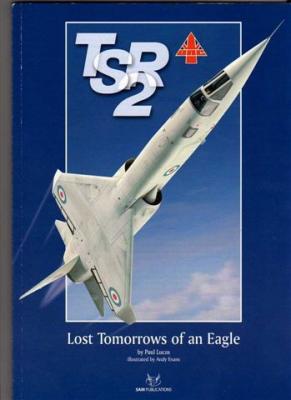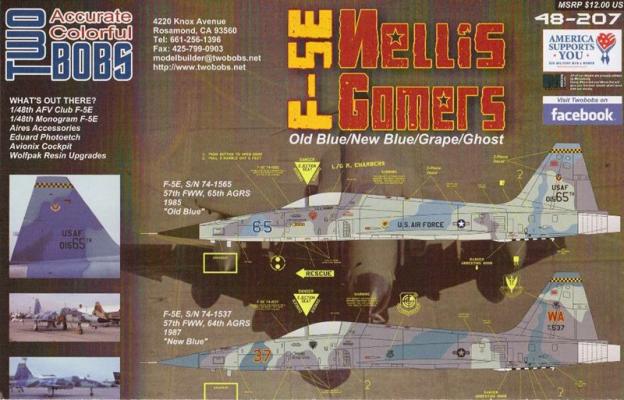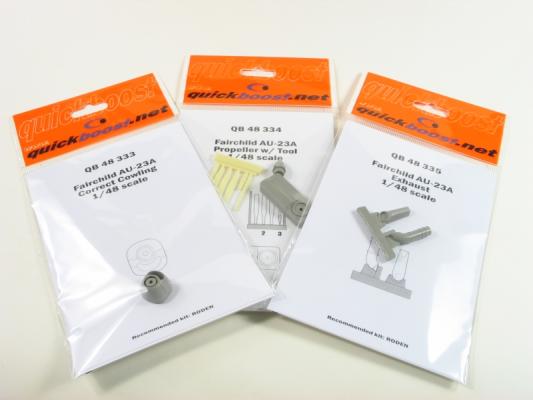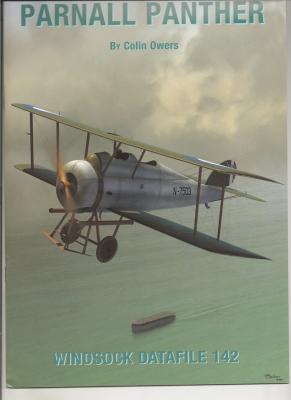The Bf 110 was envisioned by Hermann Goering as a heavily armed fighter-destroyer escort for the Luftwaffe’s bombers. With its four machine gun and two cannon armament it was a deadly opponent as long one could position the aircraft to take advantage of it. Problem was, as so many other countries found out, the idea of a heavy twin engine fighter competing against smaller single engine fighters of equal or greater horsepower just didn’t pan out. Physics simply did not allow it. Early successes against inferior aircraft were soon reversed when the Bf 110s met their match in the Battle of Britain. In spite of being what many could argue was an obsolete design, the Bf 110 soldered on in various versions until the end of the war. It proved especially effective in the night fighter role which capitalized on its multi crew seating and ability to carry a lot of firepower. The Bf 110 D-3 in this kit was designed for long range escort/patrol.
I'll admit to being a little confused when I requested this assignment. I was expecting something else. Still, these are very welcome components as I have two 1/72nd scale Spitfire Mk.V’s in my “to-build” pile.
The Spitfire was among the earliest production fighter aircraft to adopt a 20mm cannon as armament; with the “B” arrangement for the cannon being introduced in the Mk.I and Mk.II models that fought the Battle of Britain. While the success of the armament was spotty at that time, it became the standard on the Mk.Vb [the same guns also found their way into the initial production Sea Fury]. The earliest Mk.Vc Spitfires also used this pattern of gun barrels before going to the “beefier” barrels as standard (parts that Master also offers separately). So these parts are not only compatible with the Spitfire Vb, as advertised.
Since the 70th anniversary of the Battle of Britain is upon us, many companies of interest to the modeling community will be coming out with all sorts of items. The company that this review will encompass is the Kagero Publishing Company. Among their many products are books, magazines, calendars and paintings.
This review is of the new series, “Battle of Britain Part 1”, which covers the Luftwaffe aircraft involved in the Battle. In the beginning of the book is a generalized three page article of the Battle of Britain and information on the Luftwaffe color schemes and how to translate what the color bars painted on the aircraft designate. This is in English text with captions next to each aircraft in English and Polish, explaining the details of each aircraft.
There were many different types of aircraft needed to win World War II. The Grumman Duck was certainly one of them!! Designed and built before the war, these biplanes performed many specialized missions. Rescuing downed aircrew, and spotting for those huge guns on the battleships were only a few of the many jobs it did, and it seemed every squadron had a Duck hanging around as a hack. Unglamorous to a fault, and tough and rugged, the perfect combination!!
Crusader III (Naval Fighters # 87) is a paperback book measuring 8-1/2” X 11” and consists of 92 pages. The cover and pages are printed on polished paper. The book is full of sharp black and white photographs only with accompanying text. Also included are 3-view drawings, comparison tables, line drawings and performance charts.
The author begins by setting the stage for one of the closest aircraft selection competitions the Navy ever experienced. It began in 1953 when Vought’s F8U-1 Crusader beat out McDonnell’s entry for a high-performance day fighter. When the Navy went looking for an all-weather (night) fighter, the competition began.
Thompson states, “The Navy also preferred to deploy two different carrier-based fighters with complementary attributes…” In addition, having different fighters with different engines in a carrier group ensured a degree of safety in case one engine or aircraft type had a problem.
It seems that Master Model has raised the bar a little more with their Air Master Series. These awesome little pieces are designed and produced in Poland, and run the gambit with accessories from aircraft to ships in scales from 1/72 to 1/350. You have to visit their website to see it all, and more than likely you will be ordering something from them.
In this case I happen to be reviewing the Air Master Series of the 1/32 early Spitfire E-Wing which contains two Hispano 20mm cannons and two .50 cal machine guns in fairings. According to Master Models, these are turned brass pieces which are made to exact scale specs.
This book is not so much a “what-if”, but more of a "what might have been" story. Everything is based on surviving tech orders, ads, and other papers that show what the RAF wanted to use the TSR.2 for, as well as the schemes it would have worn and weapons that would have been carried. Like its Canadian cousin the Avro Arrow, it has become the stuff of myth and legend.
The book is profusely illustrated with artwork, showing various markings and paint jobs that will give the modeler looking for something other than the prototype’s white paint scheme a lot to ponder. Like wise, the various weapons load outs will spark the modeler’s imagination.
I found this to be a well-researched and laid out book. The author has done his best to cover all possibilities of the what, where, and how of aircraft assignments. Also included are operations had the TSR.2 entered service.
Background
Twobob’s latest releases showcase markings for US Air Force “Aggressor” F-5E Tiger II’s seeing service from the early-1970’s through the late 1980’s. This review showcases markings from Nellis-based “Gomers” assigned to the 64th and 65th Aggressor Squadrons.
The squadrons deployed throughout US and overseas to teach adversarial tactics and provide dissimilar air combat training to US Air Force flying units from October 1972 to June 1990. The units currently operate F-16C and F-15C aircraft in similar roles, as part of the regular Red Flag cadre at Nellis AFB, NV.
- QB48 333 AU-23A Nose $3.49
- QB48 334 AU-23A Propeller with tool $6.29
- QB48 335 AU-23A Exhaust $4.61
Roden’s AU-23A kit was a welcome addition for those who like Counterinsurgency (COIN) aircraft, and Roden has established itself with a fine line of kits. However, being a short run kit, there are areas that can be improved with the addition of resin details. Quickboost comes to the rescue, with a series of items to help overcome some of the minor shortcomings of the Roden AU-23A kit.
QB48 333 AU-23A Nose
First in line is a single piece part to replace the nose on the kit. The resin part has a nicely molded front with deep air inlet. There is also some crisp panel lines scribed in, and at first glance this looks like a winner.
It is refreshing to see a quality publication dealing with an airplane that is little known and rarely publicized. This certainly applies to the Parnall Panther, an airplane with as obscure a service history as any I’ve heard of. Conceived during the latter stages of World War I, the Panther was produced in some numbers at the end of the war, approximately 150 being constructed by several manufacturers. In addition, the U.S. Navy procured two for flight testing, the Japanese obtained a dozen, and one was briefly on the British Civil register, flying in the 1922 Royal Aero Club’s Easter meeting.

